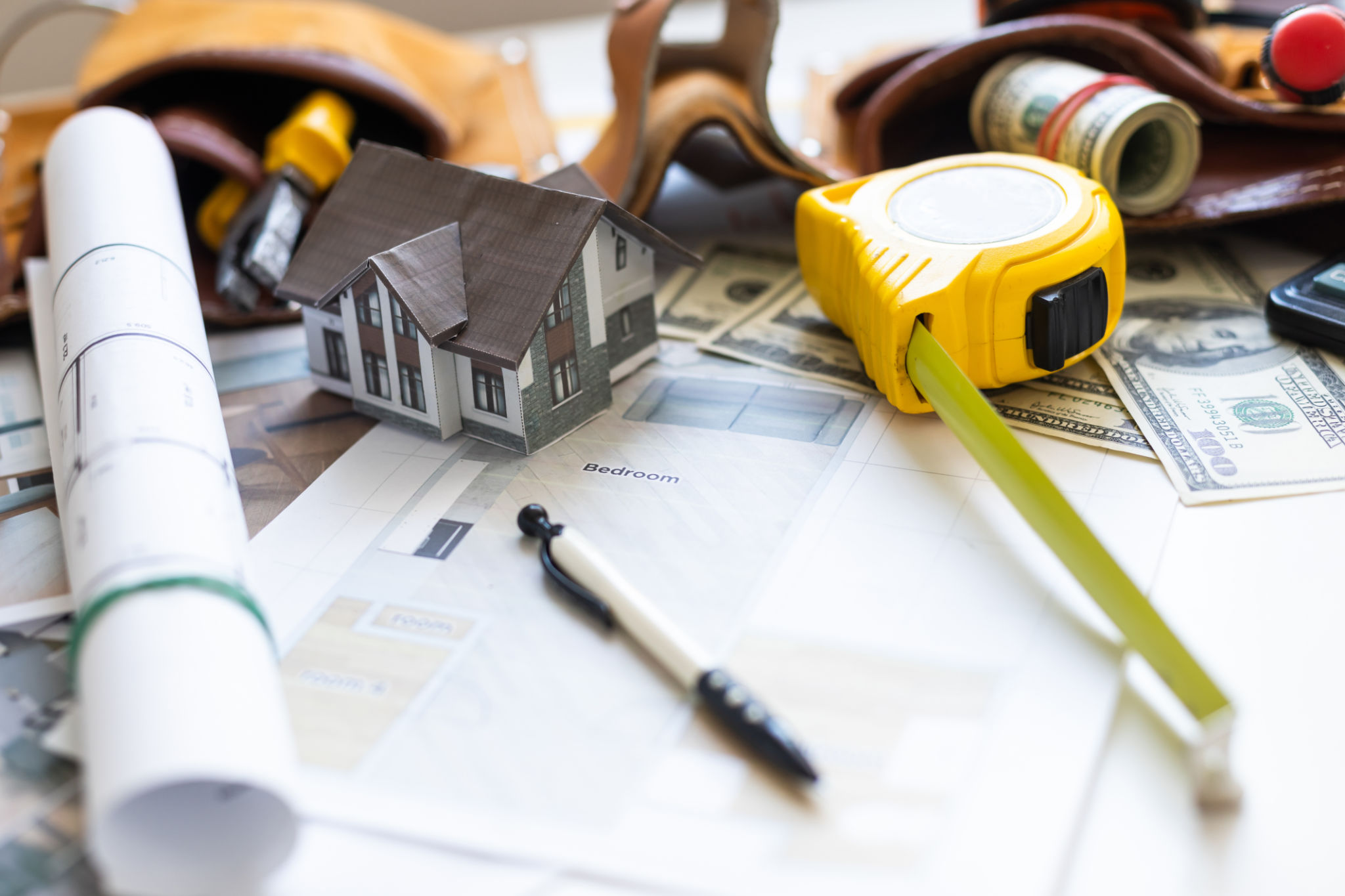Case Study: Successful Home Flips in Madison Neighborhoods
Introduction to Home Flipping in Madison
Madison, known for its vibrant culture and historic neighborhoods, has become a hotspot for real estate investors, particularly those interested in home flipping. This unique market offers a blend of opportunities and challenges that savvy investors can leverage to achieve substantial returns on investment.
In this case study, we explore several successful home flips in Madison neighborhoods, examining the strategies employed and the outcomes achieved. By understanding the dynamics of this market, potential investors can gain valuable insights into making their own ventures profitable.

The Rise of Home Flipping
Home flipping has surged in popularity over recent years, driven by appealing profit margins and the thrill of transforming distressed properties into desirable homes. In Madison, this trend is particularly pronounced due to the city's growing population and demand for housing.
The key to a successful flip often lies in choosing the right property. Investors typically focus on homes in need of cosmetic updates rather than extensive structural repairs. This approach helps control costs and ensures a quicker turnaround.
Identifying Promising Properties
Successful investors in Madison start by identifying neighborhoods with strong growth potential. Areas undergoing revitalization or those with planned infrastructure improvements often yield the best returns. Key factors include proximity to schools, parks, and public transportation.

Once a promising area is identified, investors look for properties with the potential for value addition. This might involve outdated interiors, neglected landscaping, or inefficient layouts. The goal is to envision the home's potential post-renovation.
Renovation Strategies
Renovations are where the true transformation happens. In Madison, successful flippers focus on updates that maximize appeal without overspending. Kitchens and bathrooms often top the list for upgrades, as they significantly influence a home's marketability.
Incorporating energy-efficient features can also be a major draw for buyers. This includes installing modern appliances, enhancing insulation, and upgrading windows. Such improvements not only add value but also appeal to environmentally-conscious buyers.

Case Example: A Stunning Transformation
A notable example involved a 1920s bungalow in the Atwood neighborhood. The investor purchased it at a bargain price, recognizing its architectural charm beneath layers of neglect. After a thorough renovation that included restoring original hardwood floors and updating the kitchen, the home was resold at a significant profit.
This case highlights the importance of preserving historic features while modernizing functional aspects. Buyers often look for homes that offer character alongside contemporary conveniences.
The Outcome and Lessons Learned
The Madison real estate market continues to offer lucrative opportunities for home flippers. The key takeaways from successful flips include careful property selection, strategic renovations, and staying informed about local market trends.

For investors considering entering this market, it's crucial to conduct thorough research and develop a solid business plan. Networking with local real estate agents and contractors can also provide valuable insights and support throughout the flipping process.
Ultimately, with careful planning and execution, home flipping in Madison neighborhoods can be a rewarding venture both financially and personally.